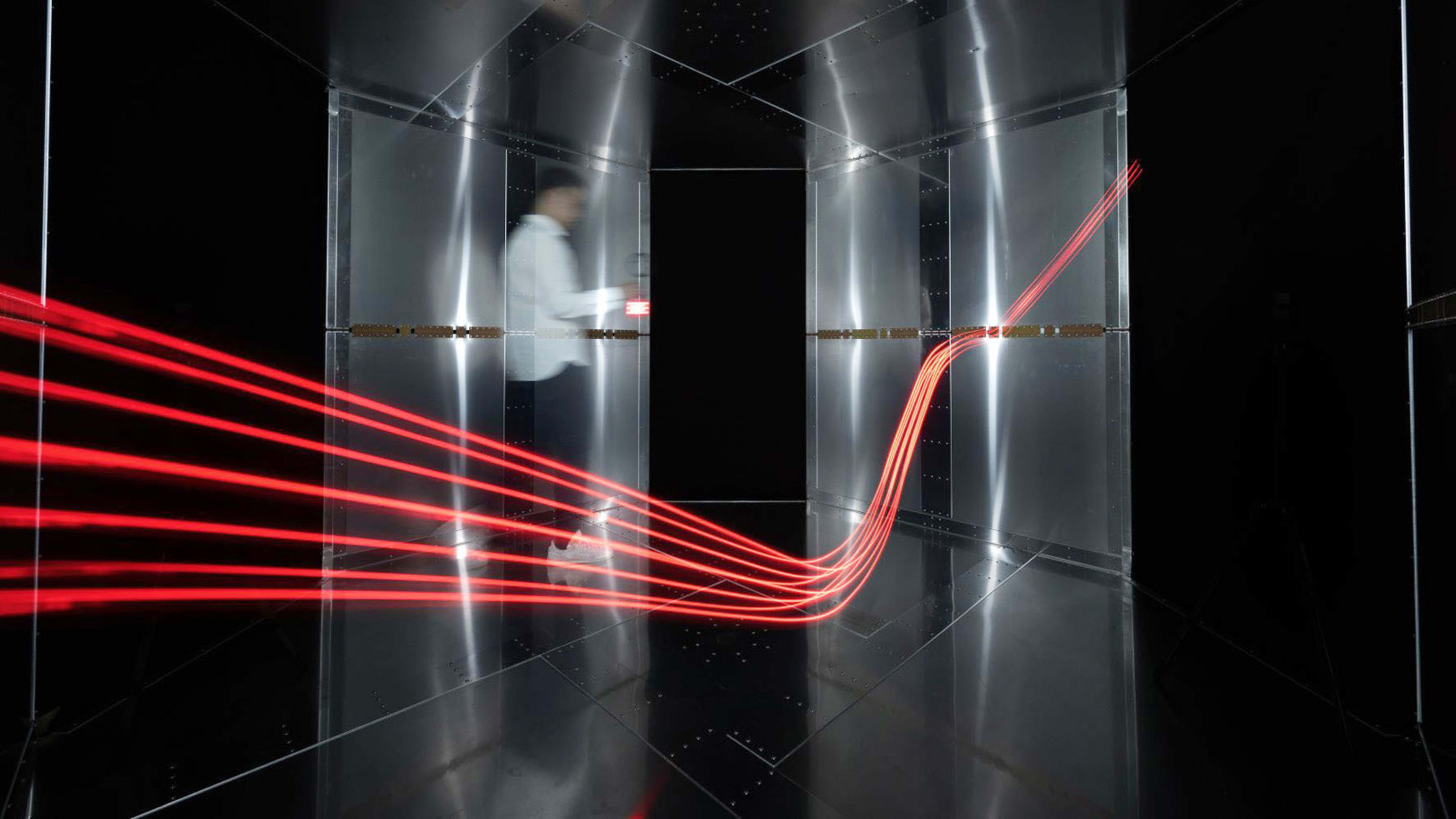Imagine a world where you simply walk into your home or your office and the phone in your pocket starts charging. This is a world in which electricity is delivered over the air, and it’s done so seamlessly and safely that you never have to use a charging cable again.
This world actually already exists, or at least the technology for it does. A team of researchers has built an entire wireless charging room that can power a lamp, a fan, and a smartphone, no matter where in the room these appliances are located or how they’re oriented.
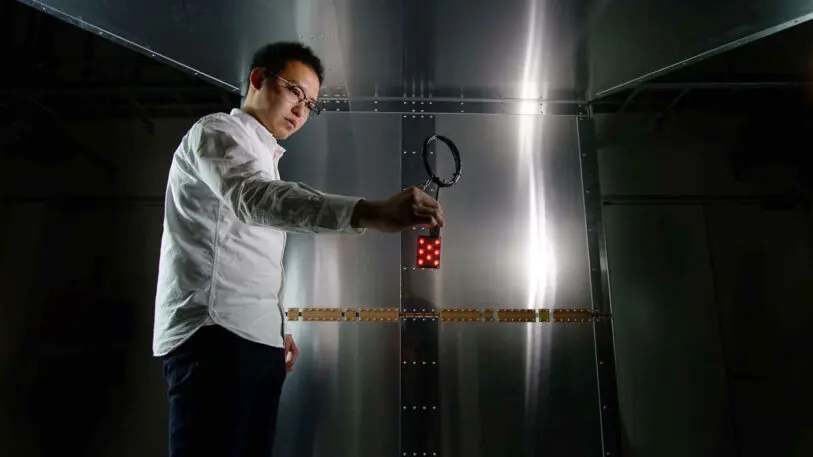
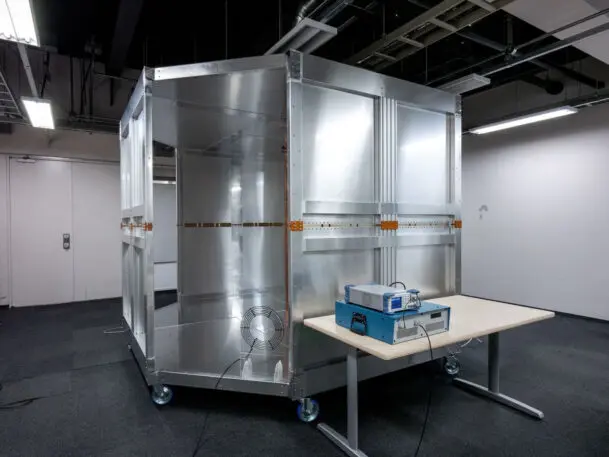
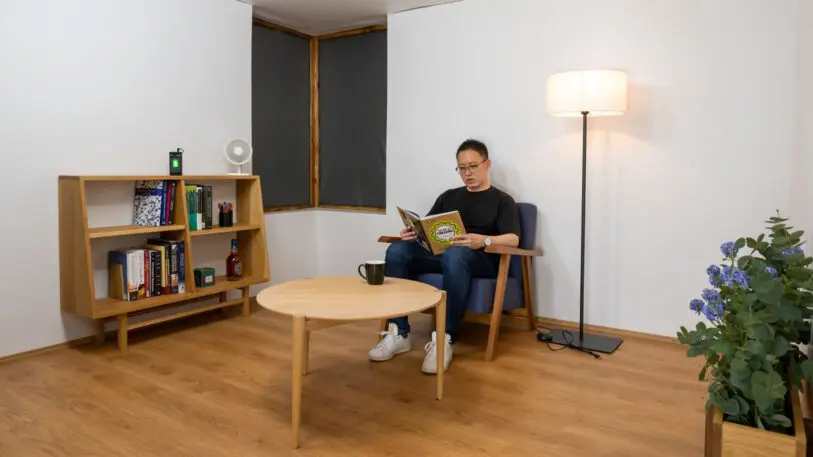
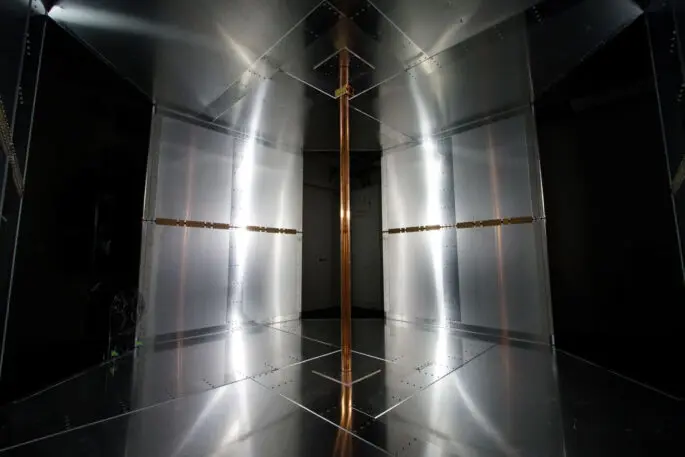
The concept is in its early stages, so there are still a number of challenges to overcome before this goes mainstream. For one, appliances can charge only if they’re equipped with a custom wire coil receiver. For phones, that could take the shape of a simple case. For lamps, it’s a copper ring of sorts that’s looped around a light bulb. These coils act as an “interface” for the magnetic fields. “You have a field that’s swirling and you need a net to catch it, like a butterfly,” Sample says.

Wireless charging technology isn’t entirely new. In 2017, Disney Research designed a similar wireless charging room—leading the research was none other than Sample, then the executive lab director of Disney Research, a network of research labs at the Walt Disney Co. But where Sample’s research goes next largely depends on the funding he receives.
Sample says the technology could work really well in warehouses, which already have structural pillars. They could be retrofitted with a conductive material along with other surfaces in the space. “You see people that spray textures on walls—you could add conductive elements to the spray texture,” he says. By making electricity as ubiquitous as Wi-Fi, the technology could increase mobility when charging electronics and make it easier to power devices anywhere in a large room. It could also facilitate a larger number of devices: “Maybe you have 10,000 little robots and you’re not going to plug them all in,” Sample says.
As long as the room has four walls and a ceiling, the technology could work at any scale, except maybe “Astrodome size,” Sample says with a laugh. And while larger-scale applications make sense, the team is also trying to figure out a way to implement the technology in much smaller spaces, like a toolbox that could charge power tools stored inside it.
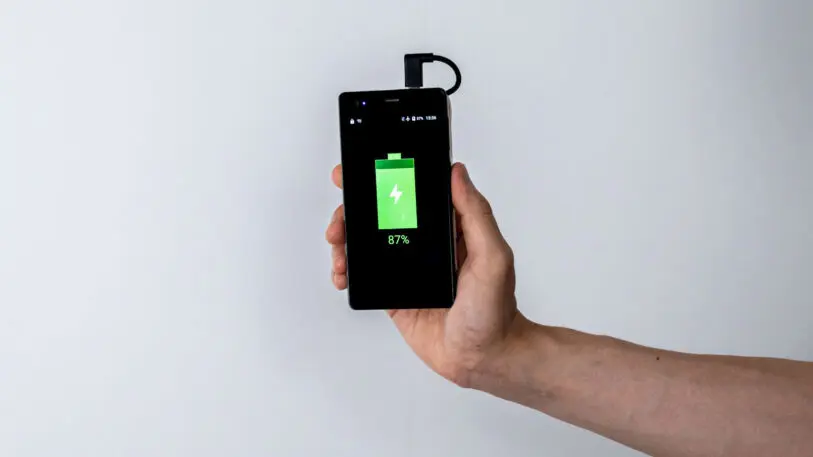
As researchers and engineers, Sample and his team are looking to partner with material scientists to help them work out conductive wall textures. They need drywall manufacturers to figure out how to put conductors in the wall in cost-effective ways, and, of course, they need designers and architects to help integrate the technology (hide or integrate the poles, design better coils for lamps) and bring it all together in a graceful, functional way.
In a world not too far from now, then, will we even need plugs? Sample says wireless technology mostly makes sense for mobile objects, not sturdy appliances like a stove or a fridge that chugs along in the background without you even noticing it. “This allows for electronics to become invisible,” Sample says, “so you can forget about them.”
Recognize your company's culture of innovation by applying to this year's Best Workplaces for Innovators Awards before the extended deadline, April 12.
